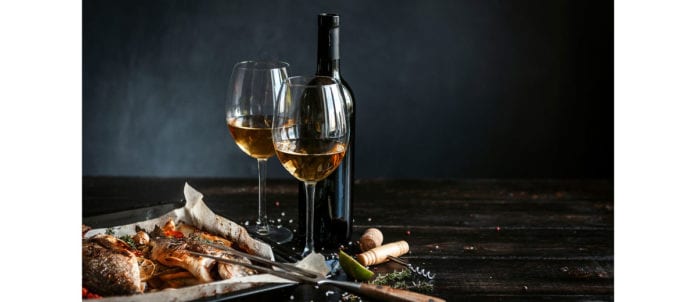Over the last year, restaurant wine sales have been anything but typical. With onsite dining closed for the majority of the year in many regions, a number of new realities and strategies have come into play.
The ability to offer wine and other alcoholic beverages with restaurant delivery orders in many provinces was a key change that occurred in 2020. And, provinces such as Ontario and B.C. have since made these temporary support measures permanent. Offering wine for takeout and delivery also opened the door to innovations such as curated wine-pairing kits, virtual tasting experiences and the inclusion of wine in restaurants’ online market/pantry channels.
Because customers were looking to support restaurants, Dirk Aumellier, director of Nightlife for Toronto-based Honeycomb Hospitality Group, said during RC Show 2021, “We found that our wine sales went up, [partly] because we carry some consignment SKUs [and] SKUs not available at the LCBO.”
Juanita Dickson, president & CFO of Gusto 54 Restaurant Group, shares that, early on, the Toronto-based company began offering its wine-by-the-bottle inventory for takeout and delivery orders, which made up between five and 10 per cent of the sales for its restaurants. She also notes, “Alcohol sales tend to be higher when people are coming into the restaurant [to pick up their order] and it’s a last-minute add on.”
Aumellier also notes customers were including wine as an add-on to their online food orders — especially for orders placed between 5 p.m. and 8 p.m. “Later in the evening, we saw an uptick in our alcohol sales, across the board, but wine sales were big and I believe that’s because they were [comparably priced] to exterior outlets.”
On the producer side of the equation, a survey commissioned by Wine Growers British Columbia (formerly the B.C. Wine Institute) in August found the pandemic has resulted in lost revenues and reduced access to customers for more than half of industry stakeholders surveyed. The survey also showed 41 per cent of B.C. wineries were seeing an increase in direct sales at wineries, however, all distribution channels had seen decreased sales. Among respondents, 69-cent-cent reported a drop in hospitality sales, 43 per cent saw declines in agency sales and 41 per cent noted a drop in liquor-store sales.
Beyond the impact of the pandemic, key trends shaping wine sales include interest in healthier and natural options. Kimpton Hotels & Restaurants’ Culinary & Cocktail Trend Forecast for 2021 predicts consumers will be seeking more natural and lower-calorie wines.
And, closely tied to demand for healthier alcoholic-beverage options, the popularity of ready-to-drink (RTD) offerings, specifically hard seltzer, is having an impact on Canadians’ wine consumption. According to U.K.-based Wine Intelligence’s Canadian market research, RTD beverages have gained significant market share in the past year, which has largely impacted beer, but has made a dent in wine sales as well.
The popularity of hard seltzer has already led to a growing number of U.S. wine producers launching wine seltzers to capitalize on this trend. Wine Intelligence also predicts 2021 will see more producers turn their efforts to riding this wave.
The Kimpton report also highlighted burgeoning demand for wines from new regions. “Due to the newfound knowledge from wine-education courses during quarantine, consumers are looking for diversity in their wines and products,” the report stated.


















